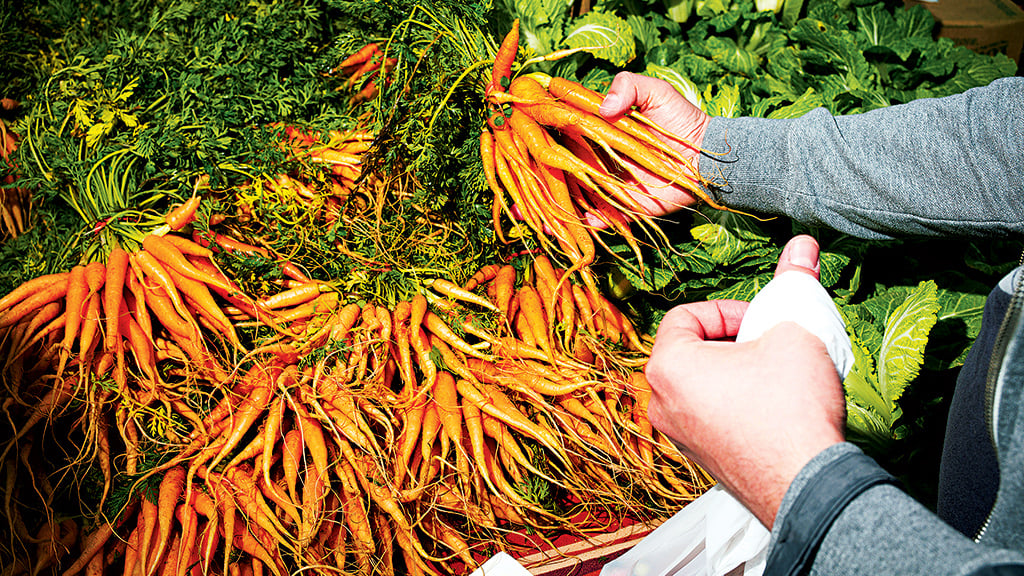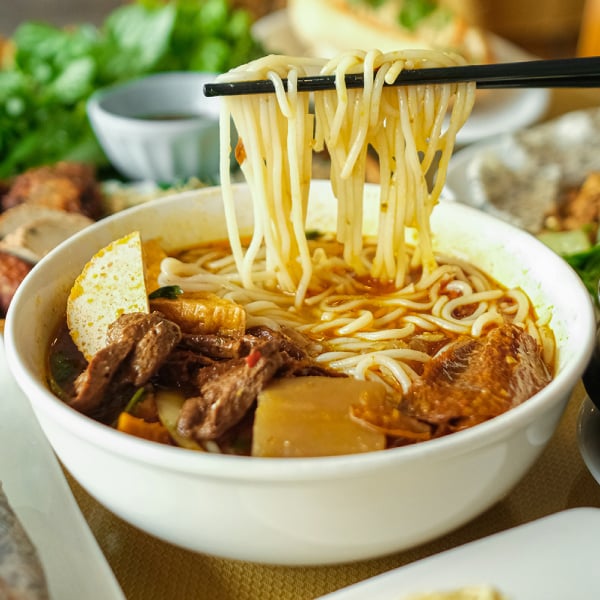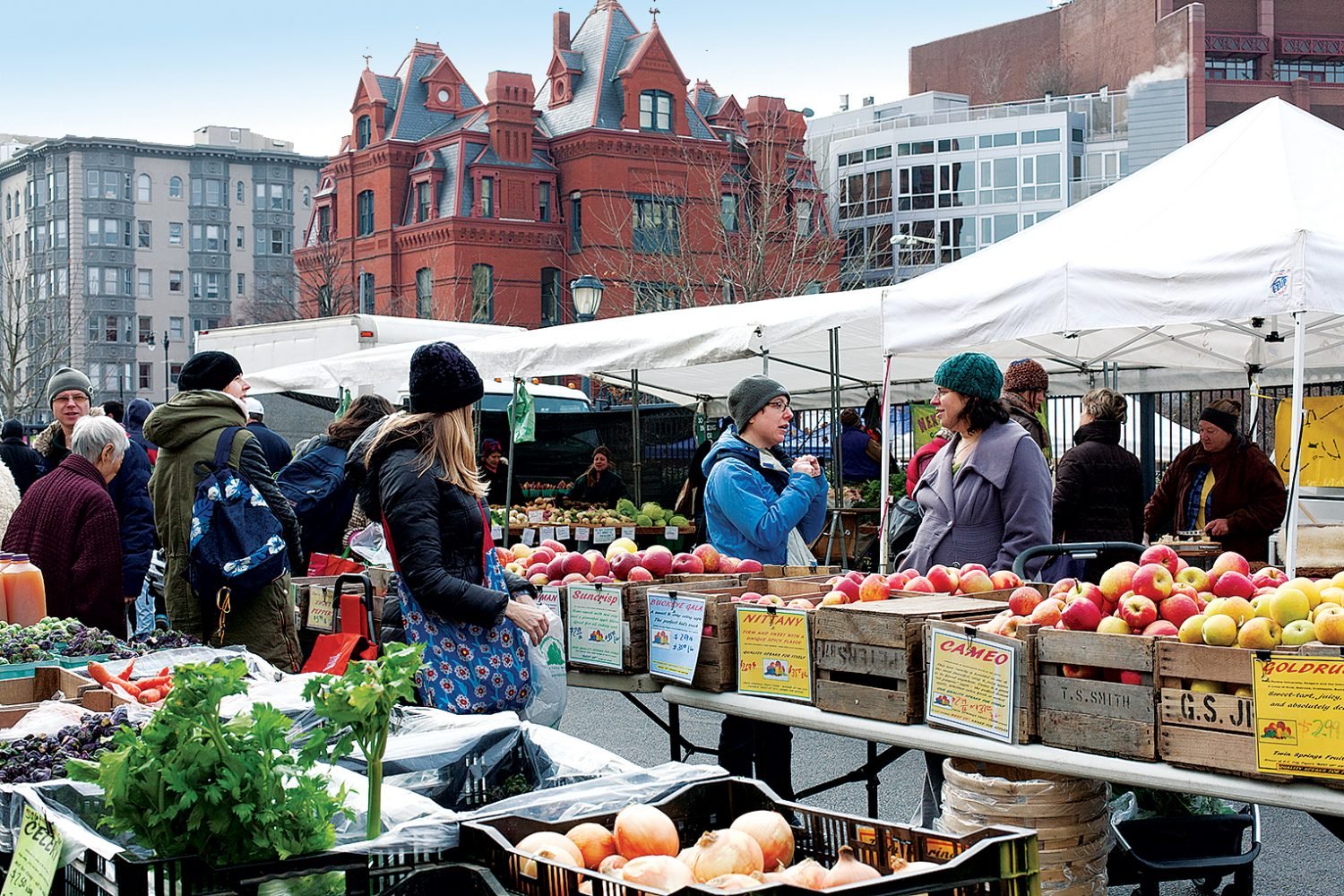Summer at the farmers market can be bountiful, beautiful—and expensive. So how do you get the most bang for your buck from those responsibly grown local veggies? We sat down with Suzanne Simon, cofounder of the vegetarian “farm to taco” concept Chaia. Her mantra: “Stretch your vegetables.” Here’s how she does it.
Cook Root to Leaf
“Use as much of the vegetable as possible,” Simon says. Greens with soft stems like chard or beets can be chopped into salads, while tougher stems—such as those from kale—add flavor to soups. Once washed, radish greens can be either sautéed or grilled whole on the bulb with a hit of olive oil and lemon. Tender stems from herbs such as cilantro are tasty mixed into salsa, while basil and other thicker ones can infuse oils. There’s no need to discard mushroom stems unless they’re particularly tough, in which case they can be used for stock or a savory tea.
Store Smartly
Throwing your market finds into the crisper won’t necessarily make your produce last longer. Simon always separates fruits and vegetables—“Fruits can give off a ripening chemical that affects others and makes them spoil more quickly”—and checks the crisper regularly to make sure a deteriorating item isn’t spreading rot. Moisture tends to be a veggie’s enemy, but Simon recommends extending herbs’ life by placing them in a sealed plastic bag with a damp paper towel.
Don’t Be Afraid of the Ugly Stuff
One way to save money: Hit the farmers market near the end of the day to find discounted produce that’s overripe or bruised. (Some vendors have special bins for the stuff; otherwise, ask.) Though an imperfect tomato isn’t ideal for caprese, it can still make a tasty sauce—Chaia buys thousands of pounds to be turned into salsa.
Give a Quick Sauté
Though the fridge is the natural place to preserve produce, Simon suggests flash-cooking, especially hearty greens like kale: “You can sauté them quickly in a pan with a tiny bit of oil so they’re slightly cooked, then store them in a glass container for at least a week.” She adds the cooked greens to a versatile range of dishes, from soups to frittatas.
This article appear in our June 2016 issue of Washingtonian.



















